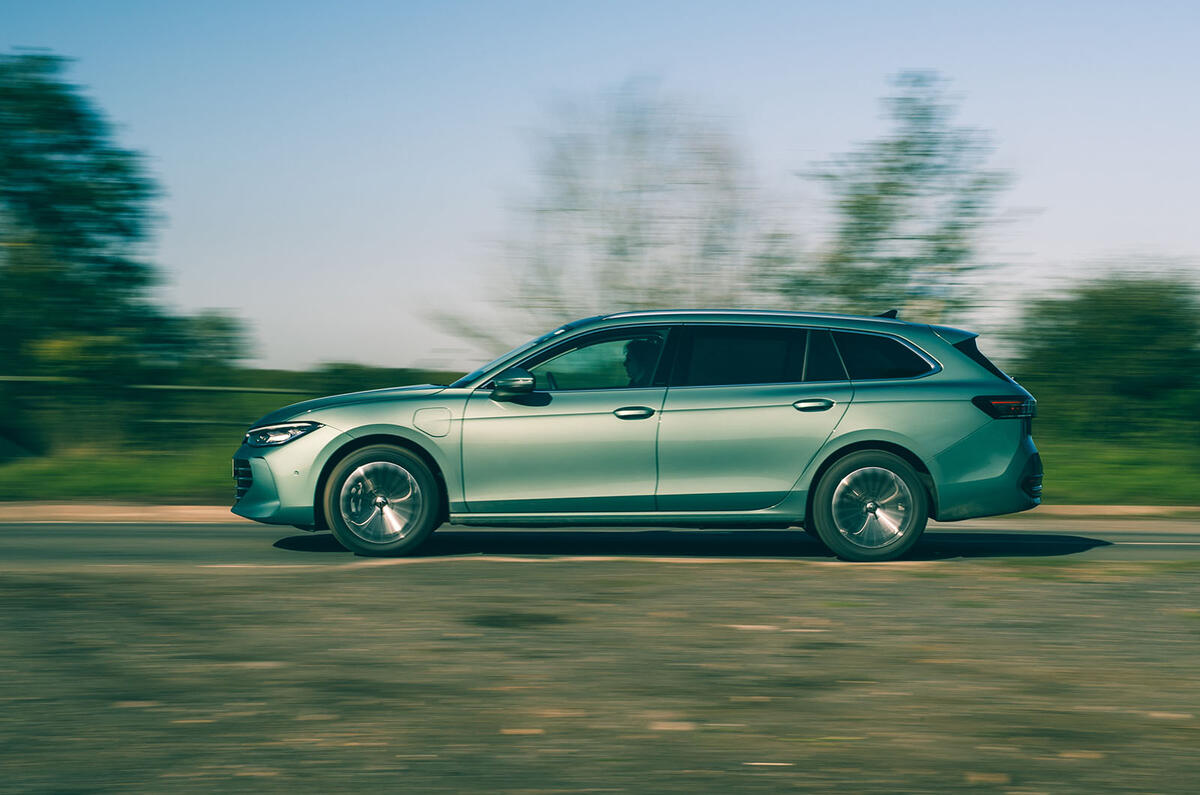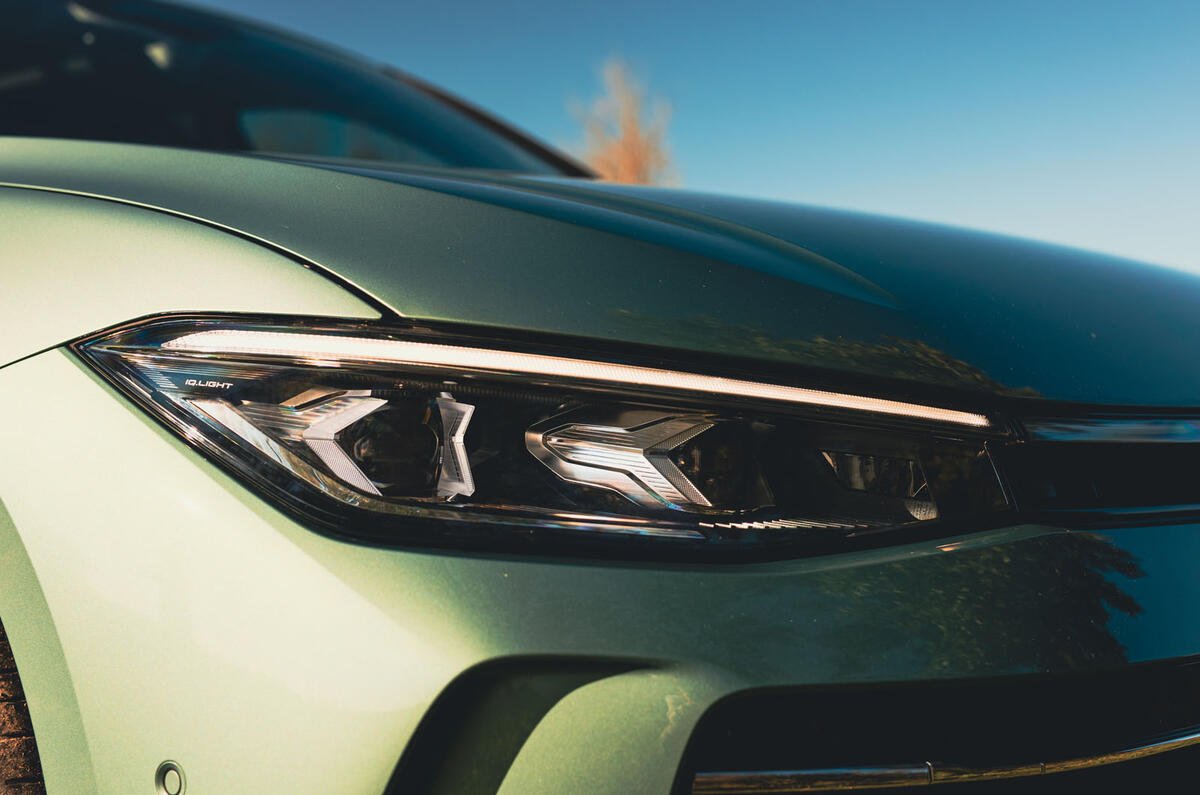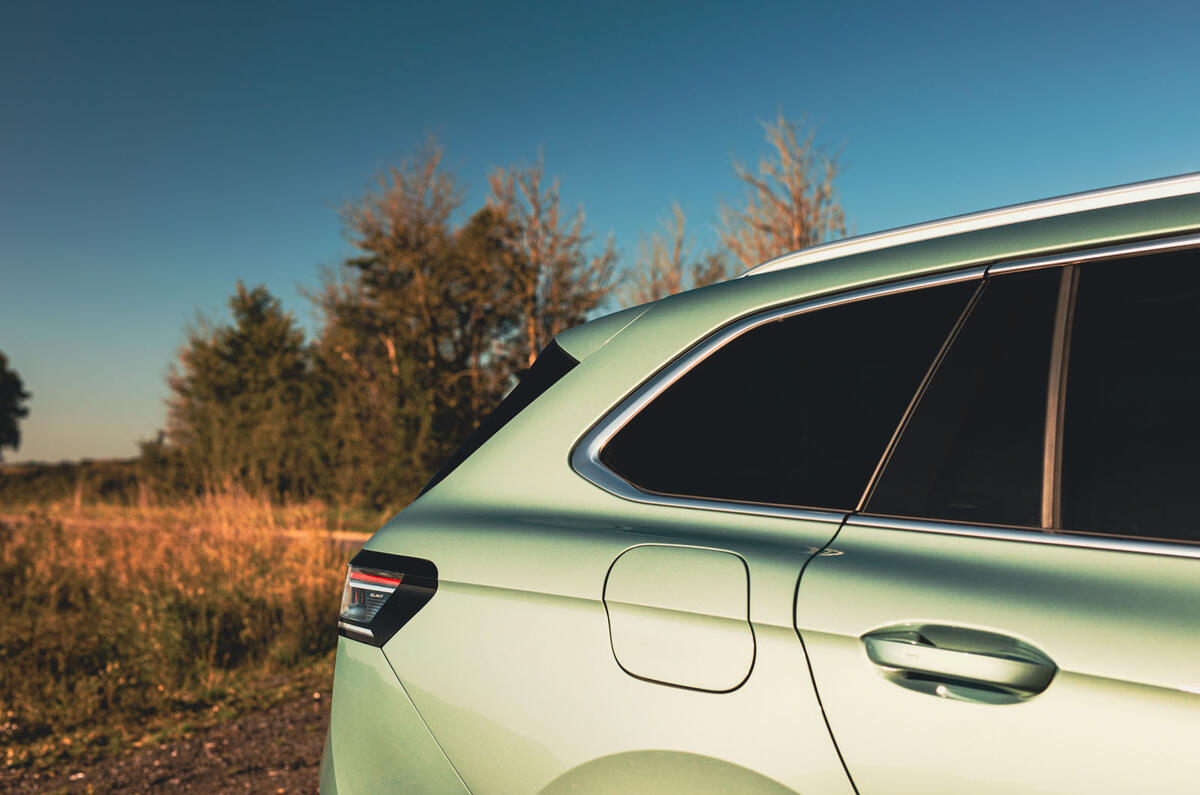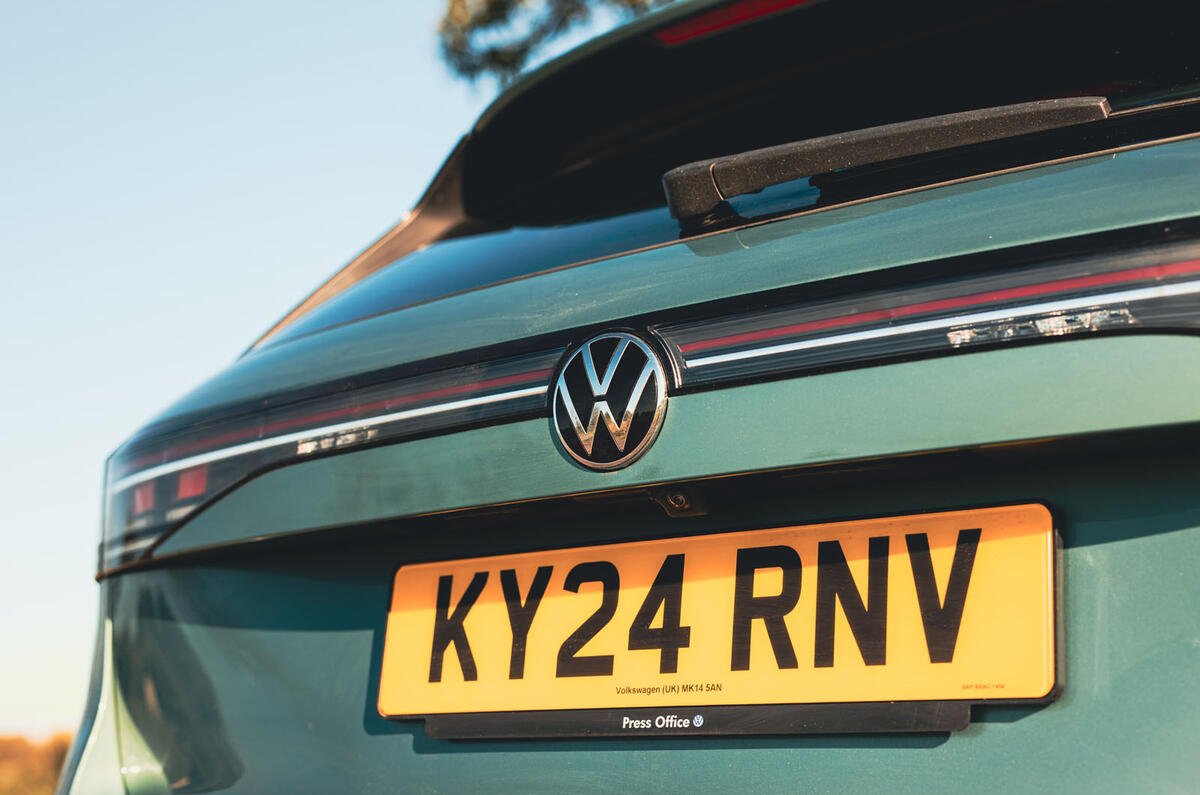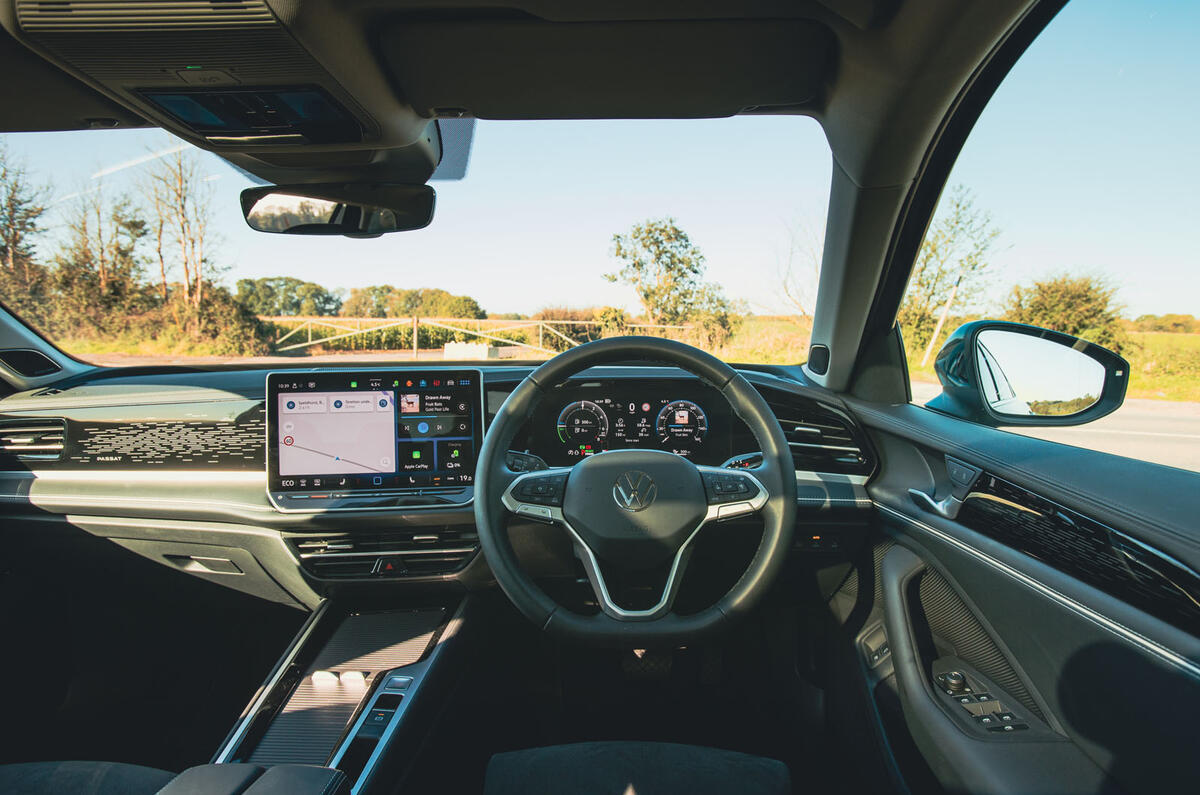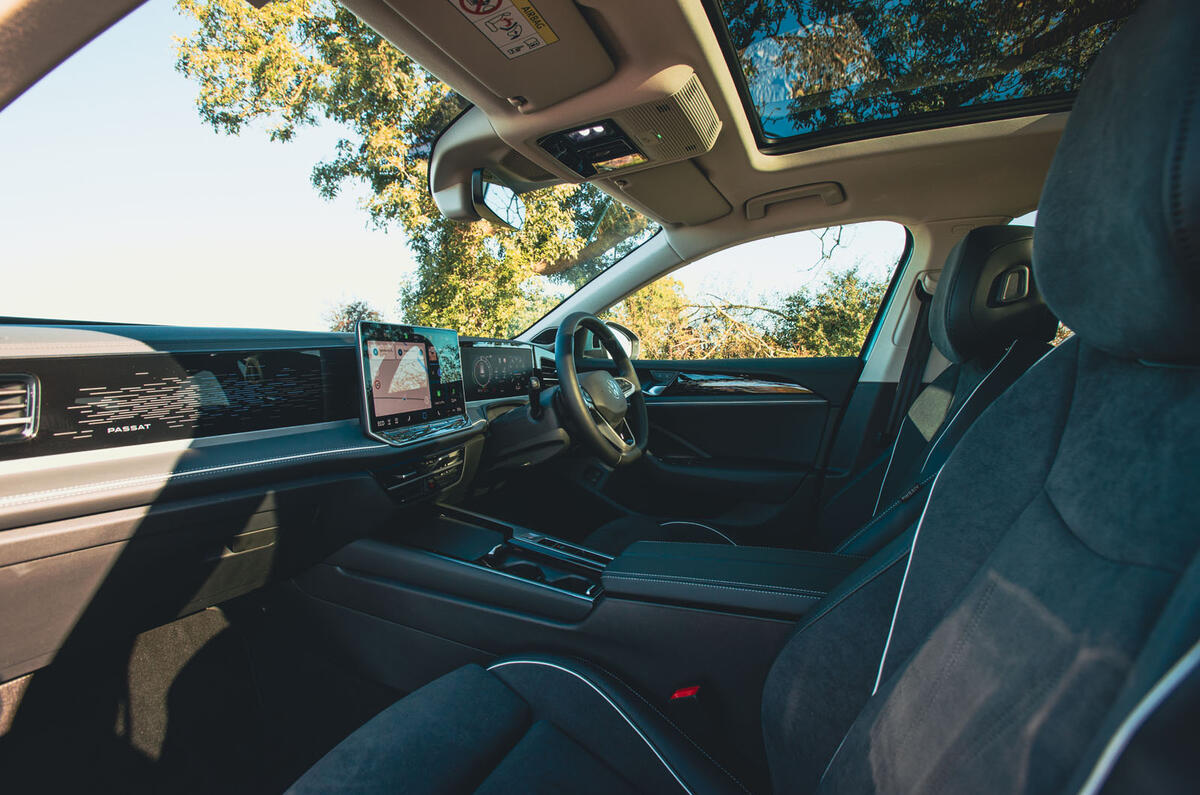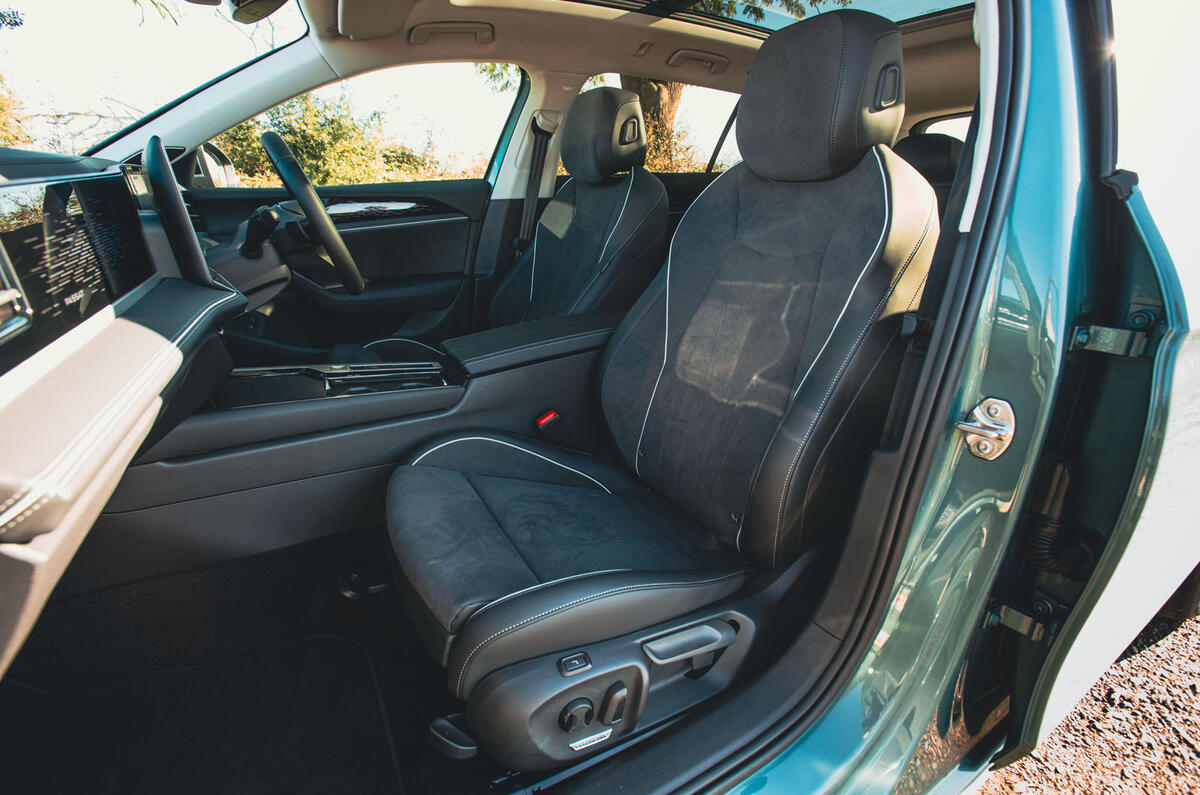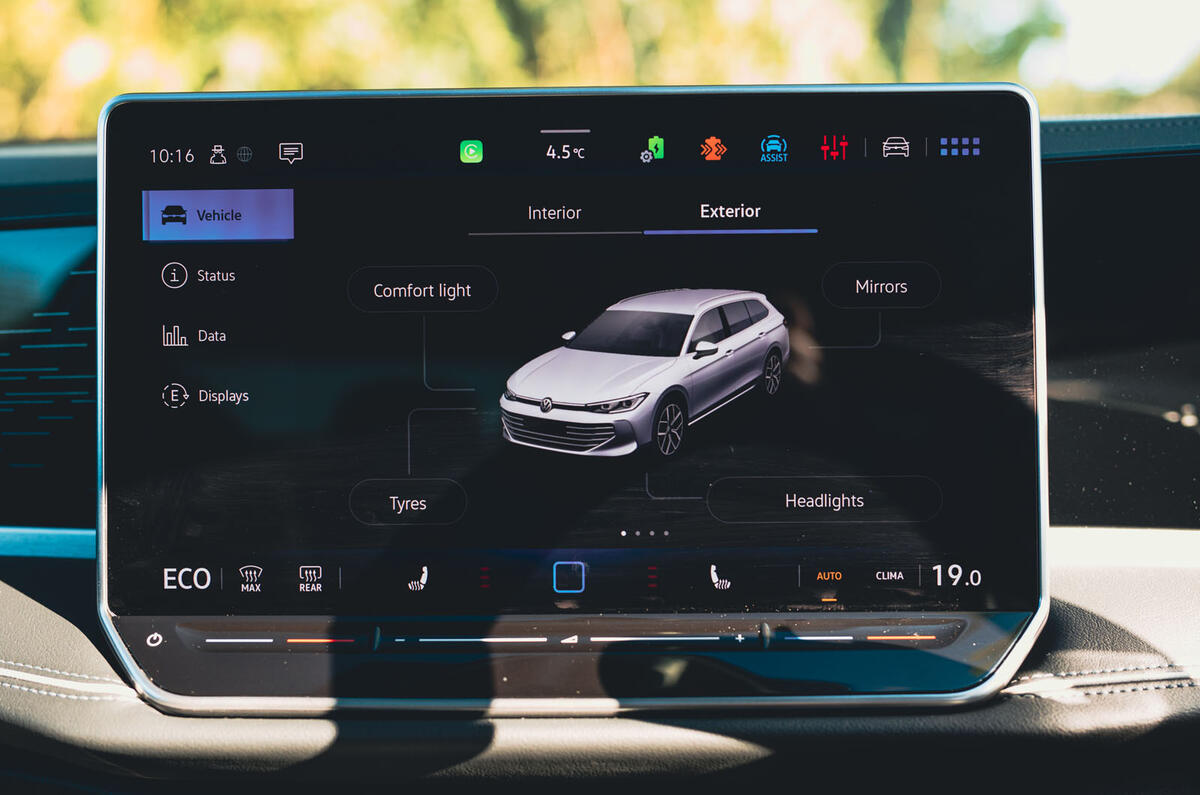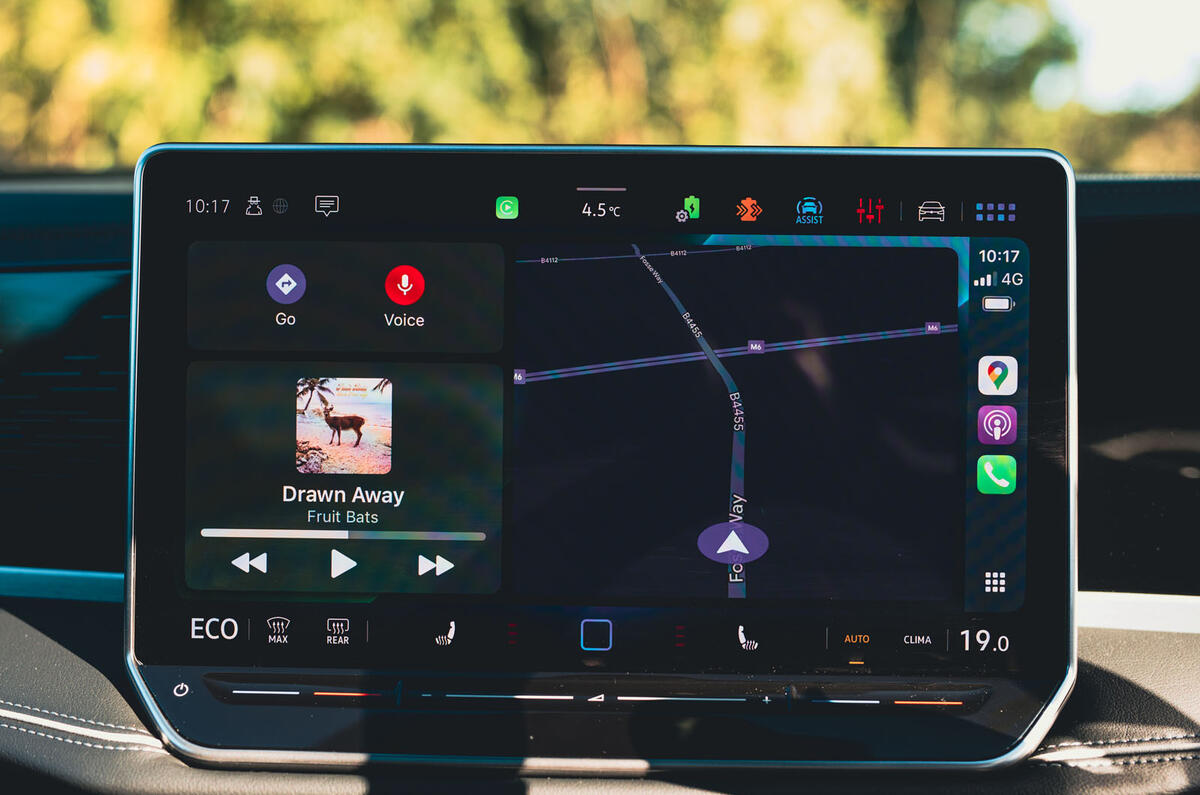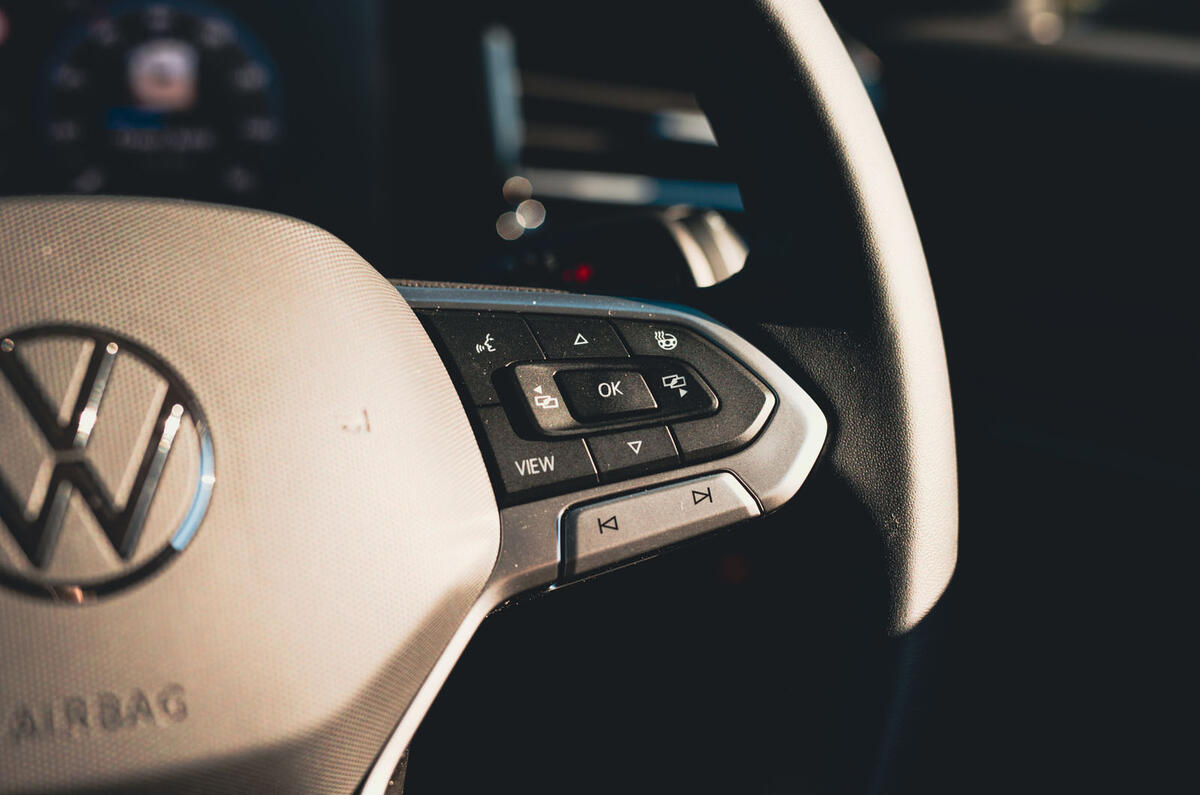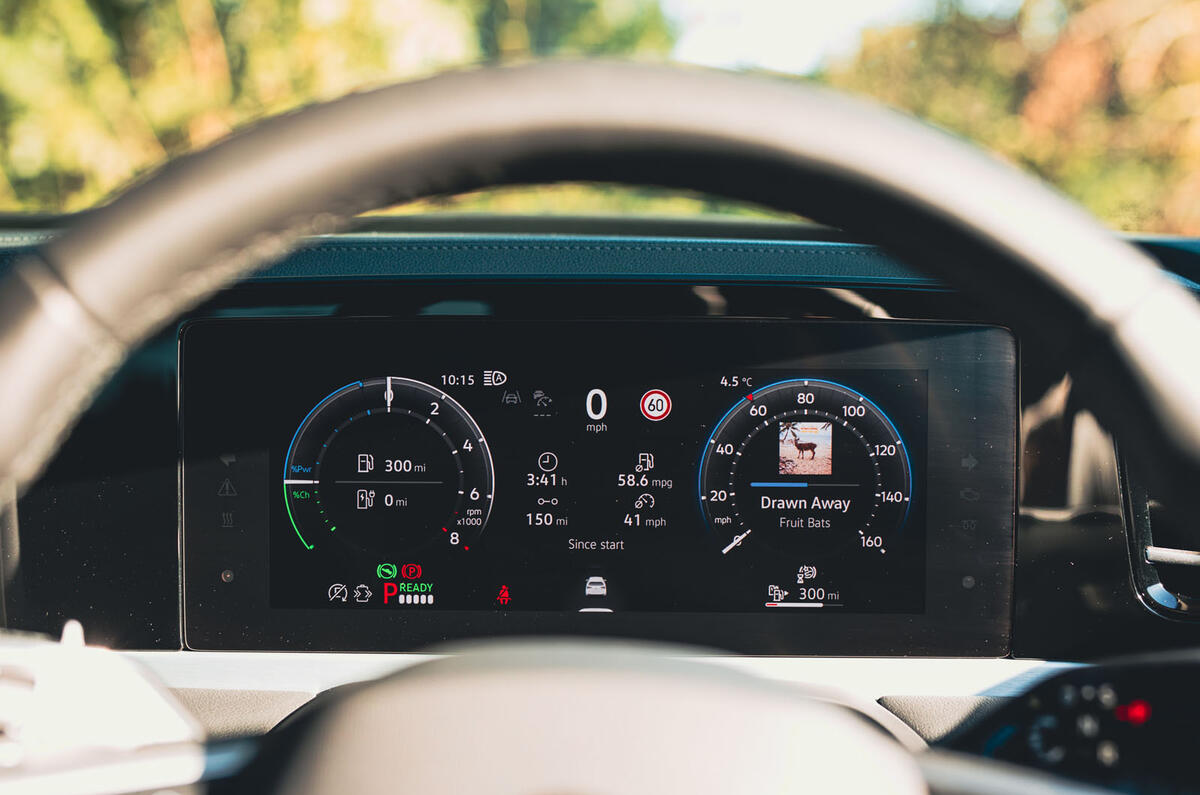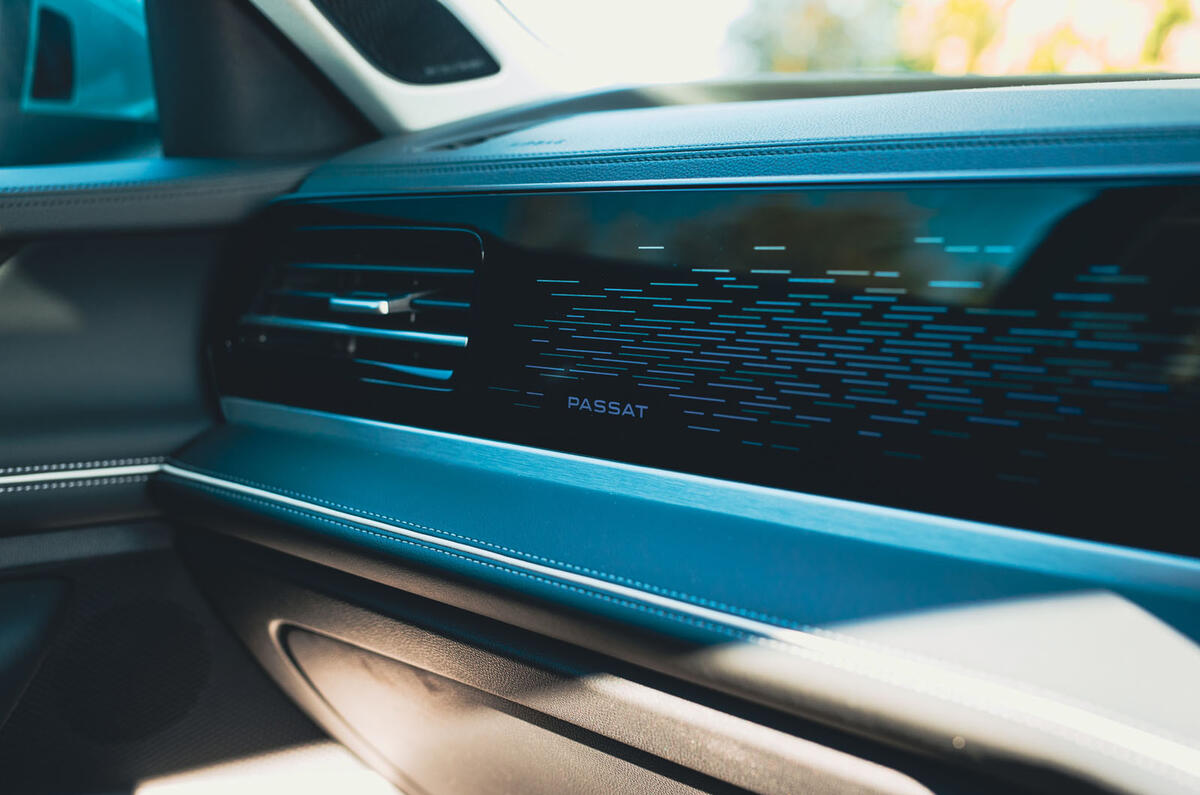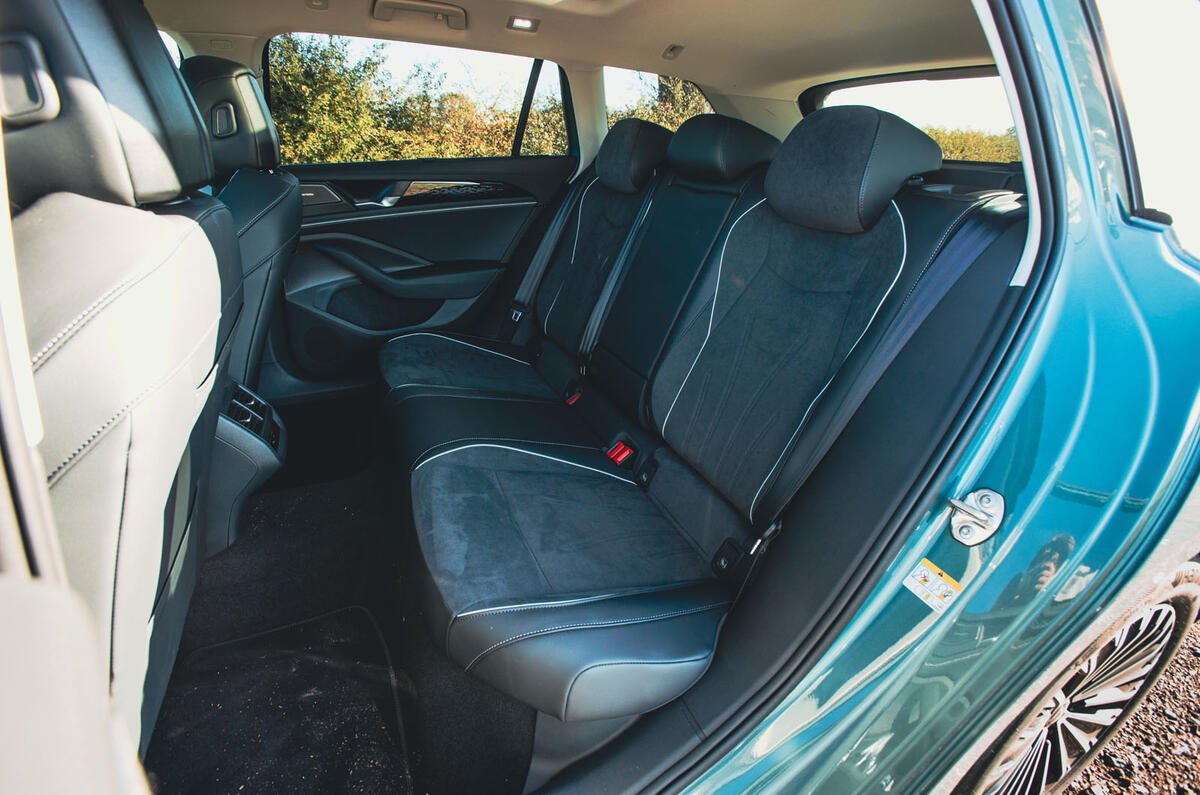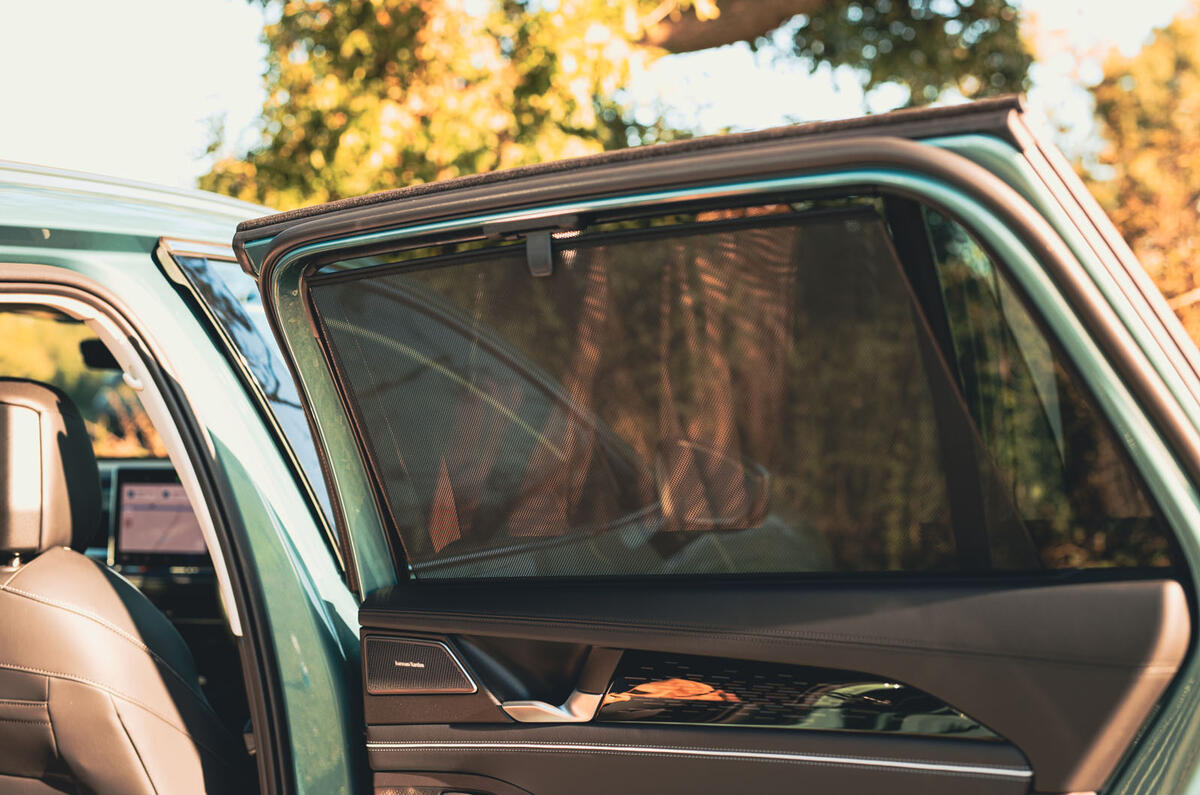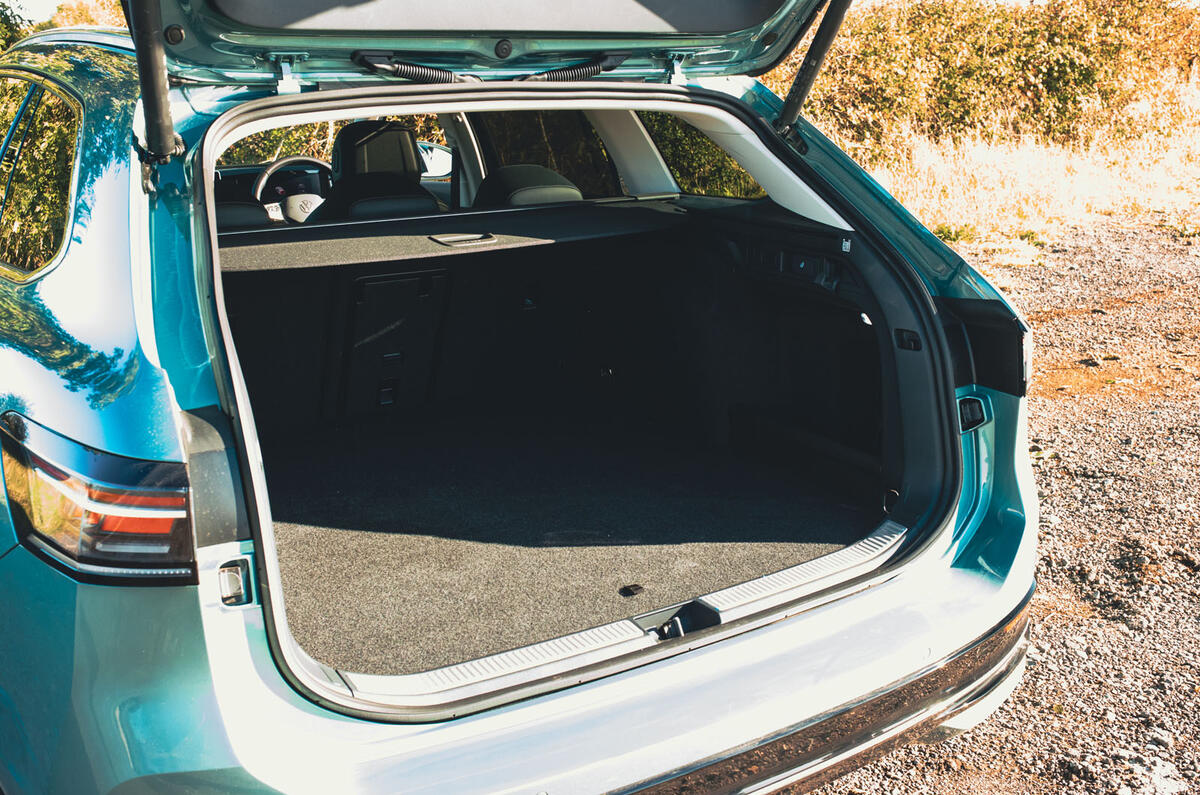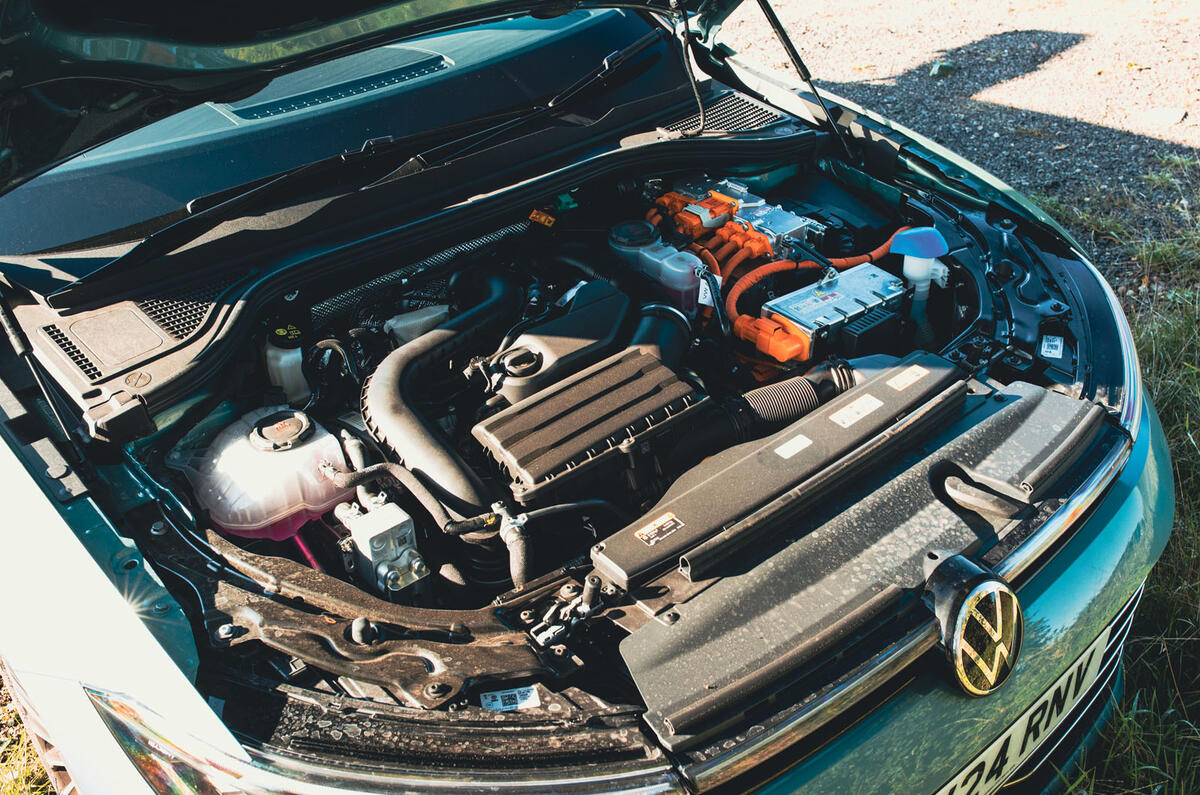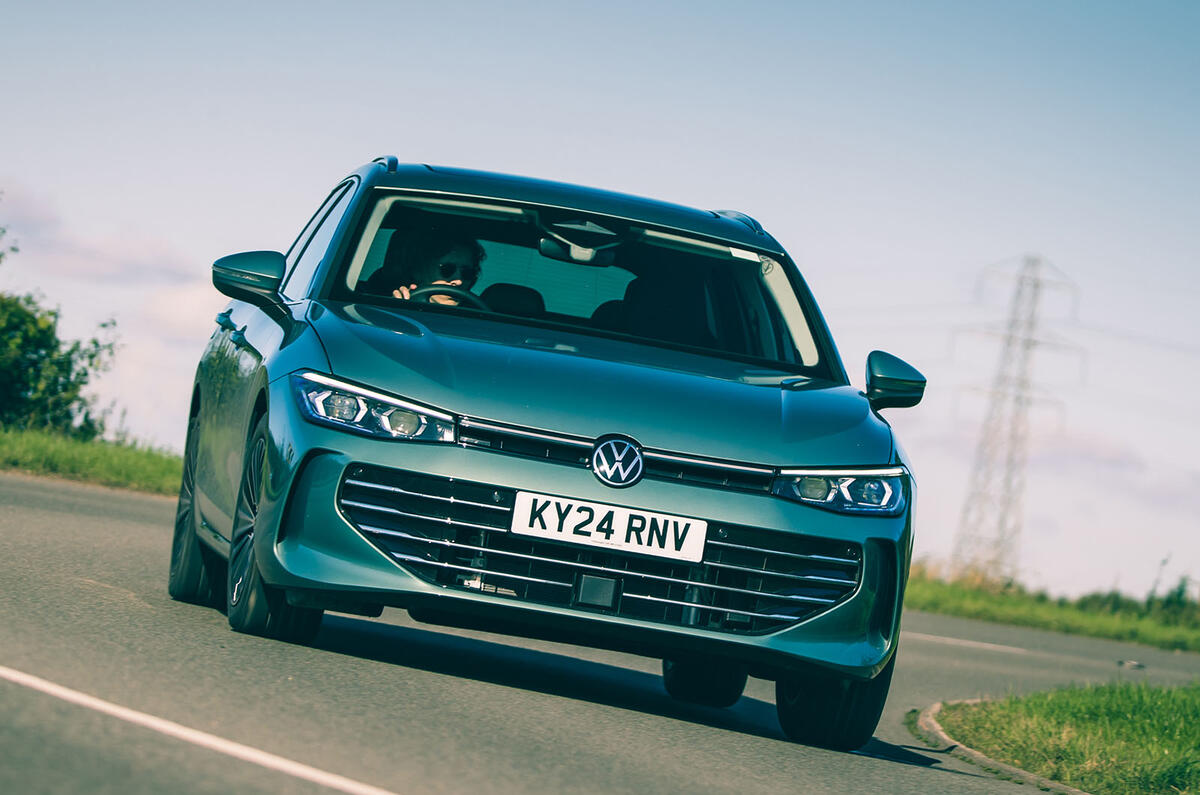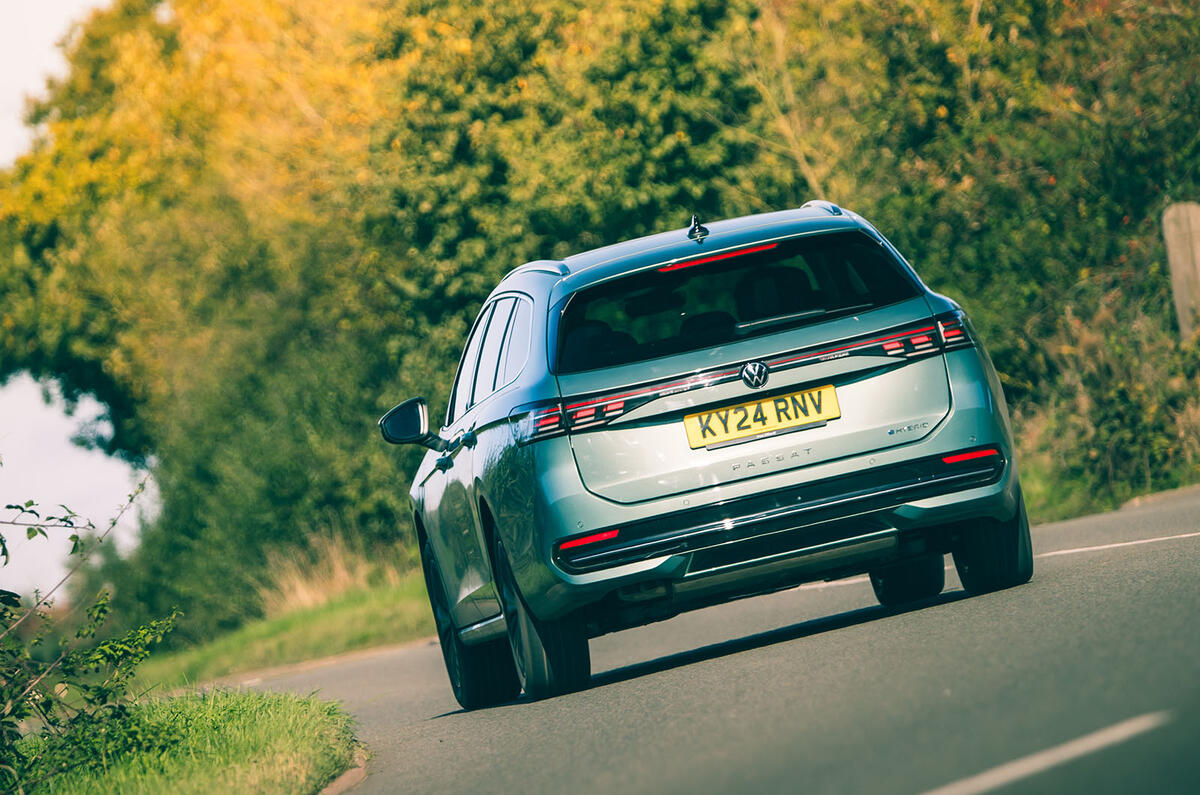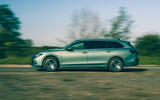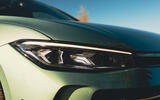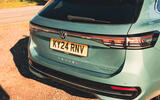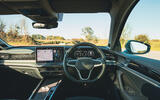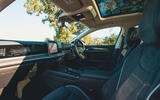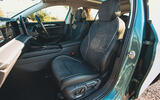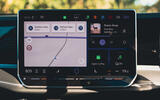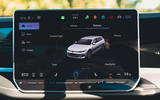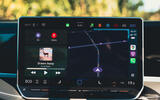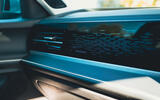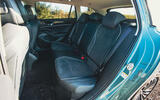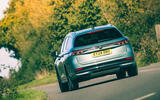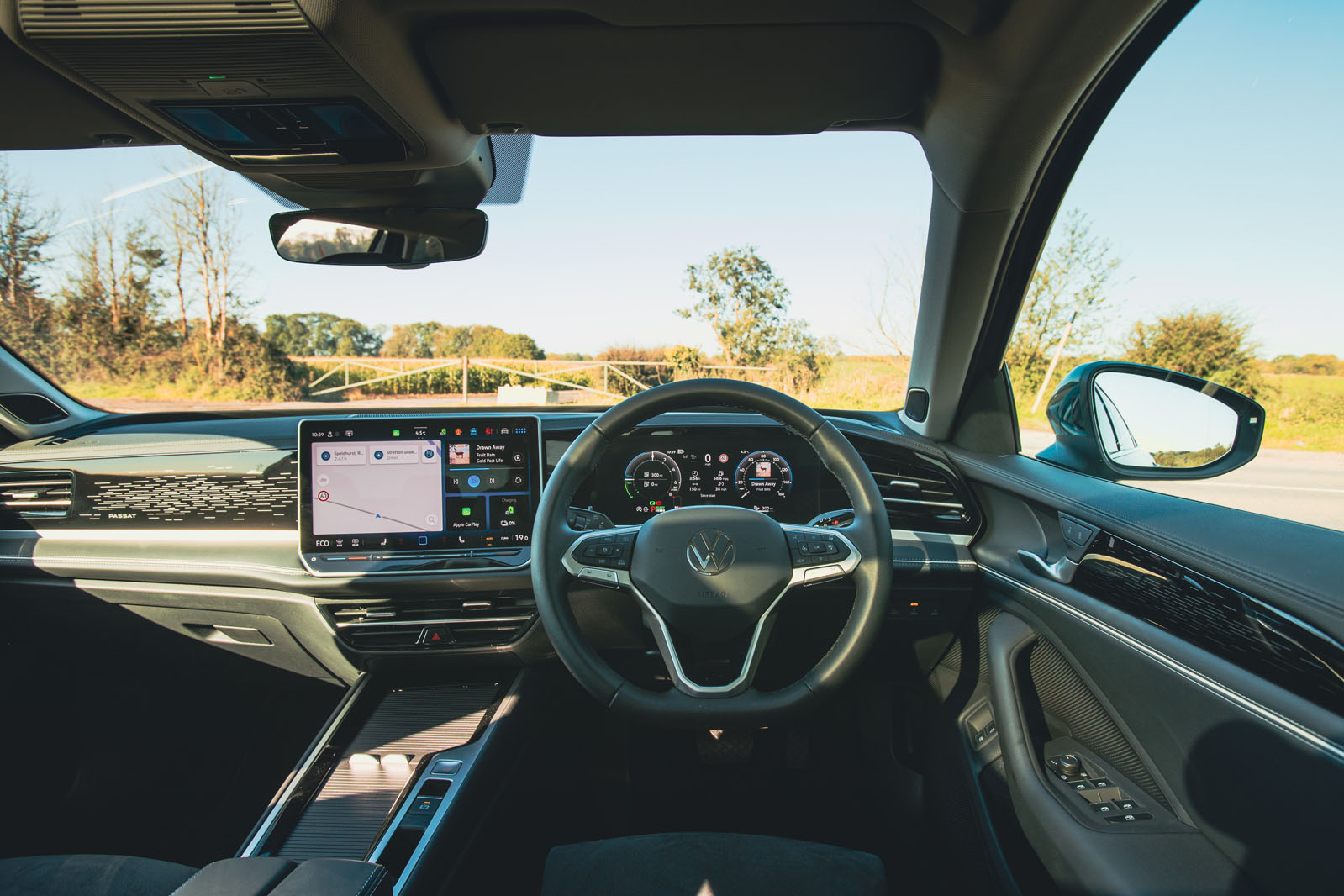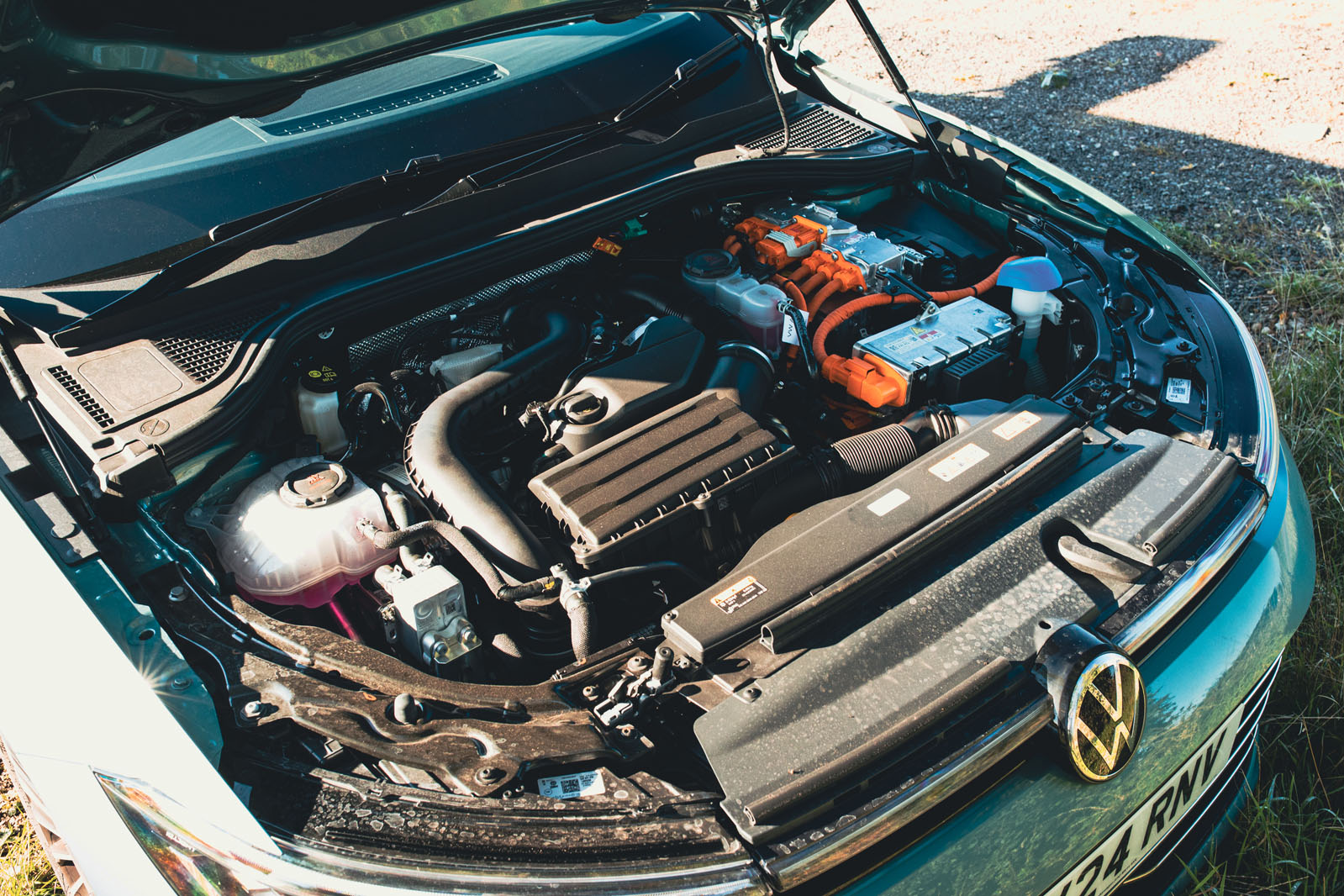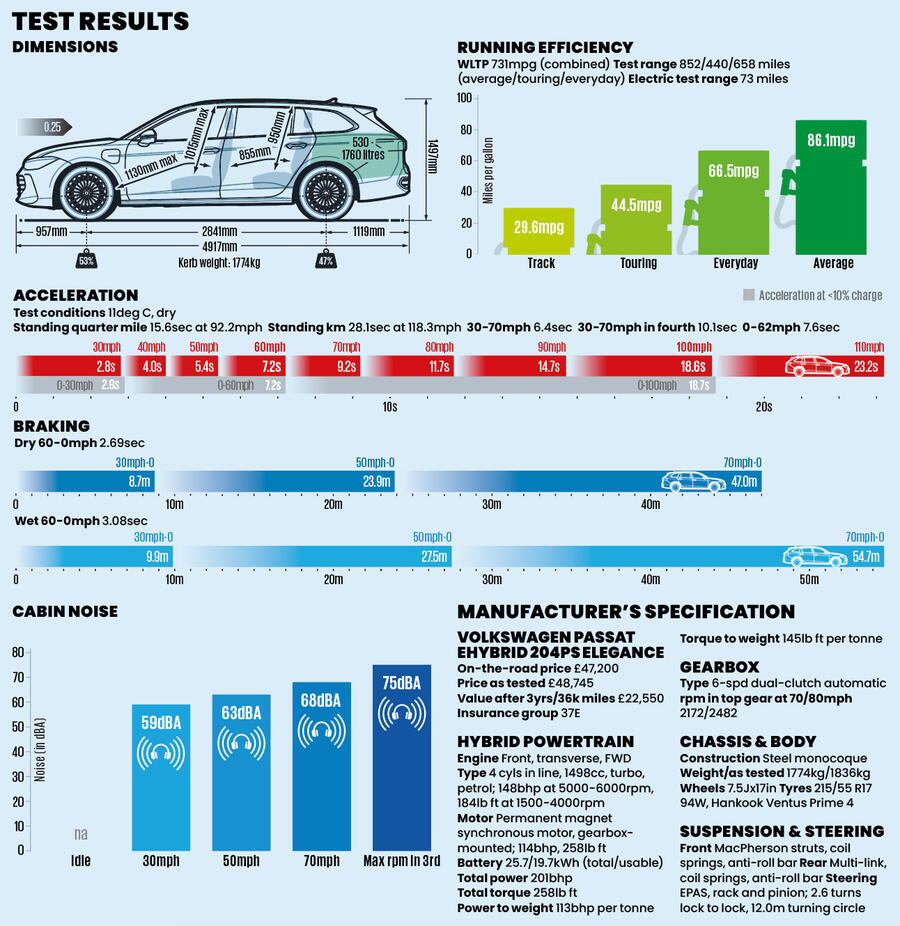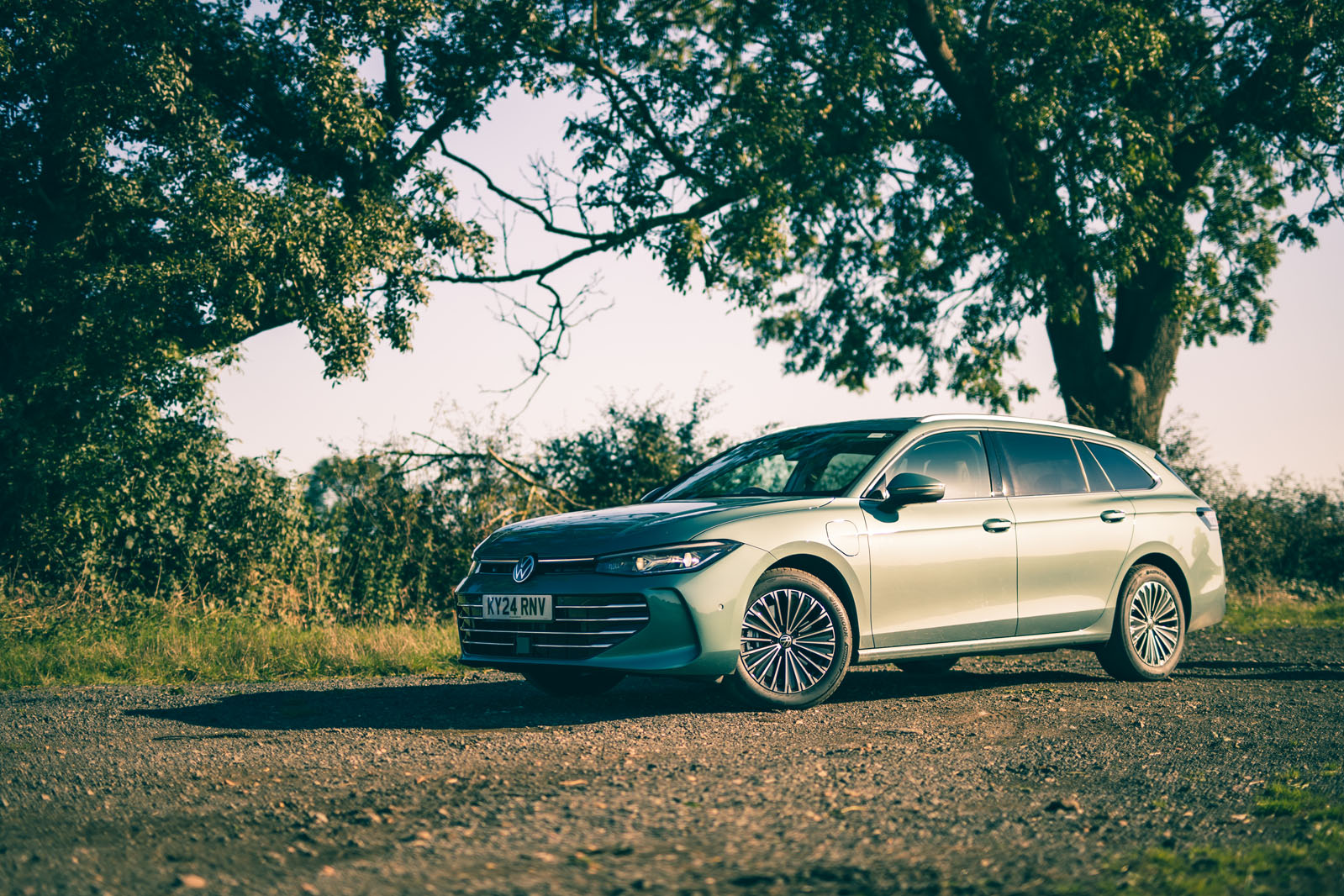Traditional estate cars like the Volkswagen Passat can feel like something of an endangered species, but look closer and you will see that there are still plenty of new ones entering the market.
There's the BMW 5 Series Touring and Mercedes-Benz E-Class Estate (here's how they compare), as well as the Audi A5 Avant, and Volvo even reintroduced the V60 and V90 to the UK after a brief absence.
Other markets don’t care for them, but here in Europe the estate car remains very popular.
The enduring usefulness and popularity of the estate car, combined with the fact that the Passat is the firm's oldest nameplate (pre-dating the Golf by one year), made it inconceivable that there wasn’t going to be a new generation. And Volkswagen really is going all in on the estate, as the Passat isn't even available as a saloon any more.
Still, this ninth generation has had quite a different genesis from previous iterations. It was developed alongside the Skoda Superb, with the project actually led by Skoda. Although it’s unusual for it to be effectively spun off the Superb, it’s not the first time the Passat has used the bones of another Volkswagen Group car: a number of earlier generations were based on the Audi A4.
The Superb got the full five stars when we road tested it in diesel form, so it’s a good start. The question is whether the Passat can still justify its existence next to its Czech cousin.



